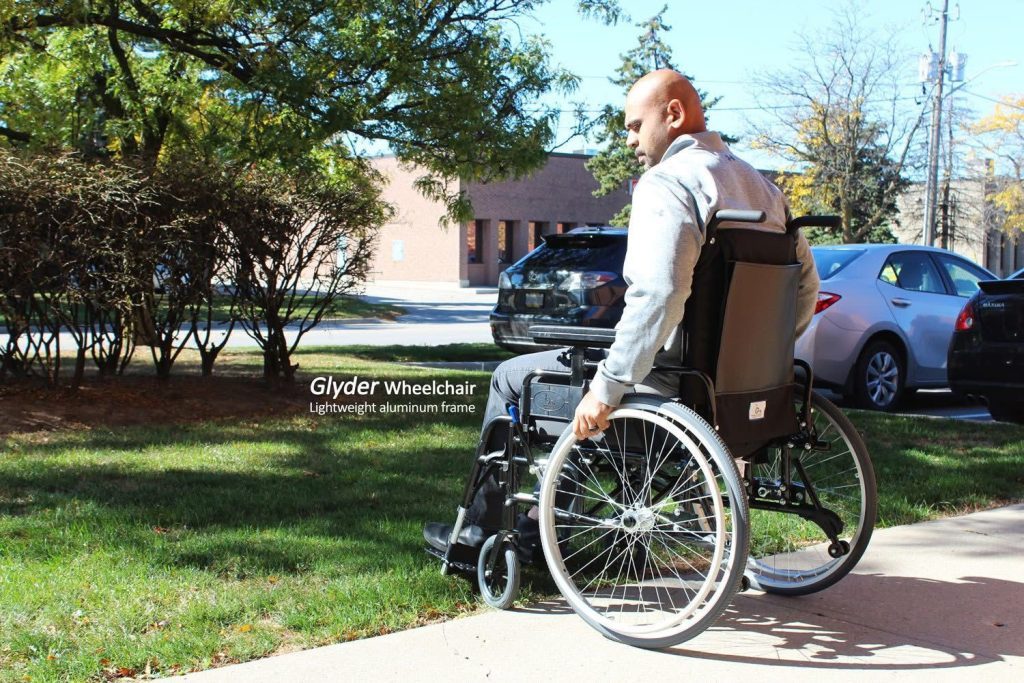
Public transportation represents freedom, independence, and cost-effective mobility for millions of Canadians, yet wheelchair users often face unique challenges when navigating buses, trains, subways, and specialized transit services. At Power Plus Mobility, our commitment to helping clients “transcend erstwhile barriers” extends to supporting your use of public transportation systems across Canada, where accessible transit enables community participation, employment opportunities, and social connections that define independent living.
Canadian cities have made significant progress in transit accessibility over the past decades, with legislation, technology improvements, and disability advocacy creating increasingly accessible systems. However, accessibility varies enormously across cities, transit modes, and even individual vehicles within the same fleet, making knowledge and strategic planning essential for successful public transit use as a wheelchair user.
Essential tips for enhancing mobility and independence naturally include mastering public transportation, as transit access dramatically expands where you can go and what you can accomplish independently within your community.
Understanding Canadian Transit Accessibility Legislation
The Accessible Canada Act and provincial accessibility legislation establish accessibility standards for public transportation, though implementation timelines and specific requirements vary across jurisdictions. Understanding these legal frameworks helps you know what accessibility you can expect while recognizing where gaps remain.
Federal transportation regulations apply to inter-city rail and air travel, while municipal transit systems follow provincial accessibility standards that differ across Canada. Ontario’s Accessibility for Ontarians with Disabilities Act (AODA), for example, requires specific transit accessibility features that may differ from British Columbia or Quebec requirements.
Transit operators must provide equivalent service to passengers with disabilities, meaning that if service exists for able-bodied passengers, accessible alternatives must be available even if the standard service isn’t fully accessible. This principle underlies paratransit systems that supplement conventional transit where full accessibility isn’t yet achieved.
Knowing your rights empowers you to advocate effectively when accessibility failures occur while understanding what accommodations you can legitimately expect from transit systems. Documentation of accessibility barriers and formal complaints to transit authorities and human rights commissions drive system improvements that benefit all wheelchair users.
Navigating Different Transit Modes
Canadian cities utilize various transit modes including buses, light rail, subways, commuter trains, and ferries, each presenting distinct accessibility considerations that influence travel planning and system navigation.
Bus Accessibility
Low-floor buses with deployable ramps or lifts dominate modern Canadian transit fleets, providing significantly better accessibility than the high-floor buses that previously excluded many wheelchair users. However, accessibility varies based on bus age, maintenance quality, and operator training that affects how smoothly wheelchair boarding actually works.
Securement areas designated for wheelchairs typically accommodate two wheelchairs per bus, though priority seating policies may require able-bodied passengers to vacate these spaces when needed by wheelchair users. Understanding these policies and feeling confident requesting accommodation ensures you can access available space.
Boarding procedures require positioning your wheelchair correctly for ramp deployment, securing your wheelchair using provided tie-downs, and sometimes requesting driver assistance with securement. Proper wheelchair maintenance ensures your equipment functions reliably during boarding and securement procedures that could be complicated by mechanical issues.
Bus stop accessibility varies enormously, with some stops providing level boarding pads and shelters while others present significant barriers including uneven surfaces, inadequate clearance, or obstacles that prevent wheelchair access. Transit apps increasingly include stop accessibility information, though real-world conditions may differ from official data.
Subway and Light Rail Systems
Subway and light rail systems offer advantages including predictable schedules, high capacity, and grade-separated operation that avoids traffic delays. However, accessibility varies dramatically across Canadian systems based on age, design, and retrofit investment.
Toronto’s TTC subway system includes elevators at most stations, though reliability issues and long platform-to-street travel times create challenges. Vancouver’s SkyTrain provides excellent accessibility with level boarding at all stations and reliable elevators. Montreal’s Metro represents Canada’s least accessible major subway system, with many stations lacking elevators despite ongoing accessibility improvements.
Platform gaps between trains and platforms affect wheelchair boarding safety and independence, with some systems providing bridge plates or requesting that users position themselves at designated boarding locations where gaps are minimized.
Elevator dependency creates vulnerability to system failures that can strand wheelchair users unable to access alternative routes. Developing knowledge of accessible alternative routes and understanding elevator outage procedures helps manage these situations when they arise.
Commuter Rail and Regional Transit
GO Transit, West Coast Express, and other regional rail systems connecting suburban communities with urban centers typically provide good wheelchair accessibility through level boarding platforms and designated accessible seating areas. However, peak hour crowding sometimes creates challenges accessing designated spaces.
Station accessibility varies more than on-train accessibility, with older stations sometimes lacking elevators or providing limited accessible routing between platforms and station exits. Researching station accessibility before travel prevents situations where you board accessible trains but cannot exit at your destination station.
Specialized Transit Services and Paratransit
Paratransit systems including Wheel-Trans (Toronto), HandyDART (Vancouver), and similar services across Canada provide door-to-door accessible transportation for individuals unable to use conventional transit due to disabilities. Understanding these systems’ strengths, limitations, and booking procedures helps maximize their benefits.
Eligibility requirements for paratransit typically involve demonstrating that disability prevents conventional transit use, though specific criteria vary across systems. Some users qualify for full-time paratransit while others receive conditional eligibility based on specific circumstances or routes.
Advance booking requirements ranging from same-day to several days ahead limit spontaneity compared to conventional transit but provide reliable accessible transportation when properly planned. Understanding your local system’s booking windows, cancellation policies, and trip negotiation procedures optimizes paratransit use.
Service area limitations mean paratransit typically operates within specific municipal boundaries, creating challenges for cross-municipal travel. However, reciprocal agreements between some systems enable inter-municipal accessible transit with proper planning.
Ride-sharing and taxi programs offering accessible vehicles supplement paratransit in some cities, providing additional options when paratransit cannot accommodate trip timing or hasn’t been booked sufficiently in advance.
Trip Planning and Navigation Strategies
Successful transit use requires comprehensive planning that identifies accessible routes, anticipates potential barriers, and develops contingency plans for common problems that affect wheelchair users disproportionately.
Transit apps including Google Maps, Transit App, and system-specific applications increasingly include accessibility features that identify wheelchair-accessible routes, elevator locations, and accessible station facilities. However, real-time elevator outage information often lags, requiring backup planning for accessibility failures.
Route selection that prioritizes accessible stops, minimizes transfers, and avoids peak crowding improves transit experience while reducing accessibility barriers. Willingness to use slightly longer accessible routes beats attempting challenging direct routes with accessibility problems.
Time buffers accounting for potential accessibility delays ensure punctuality for important appointments. Elevator waits, accessibility equipment malfunctions, and crowding that delays boarding all create time uncertainties that generous scheduling accommodates.
Weather considerations affect outdoor wheelchair navigation to and from transit stops, making route weather protection and stop shelter availability important factors in route selection. Preparing your wheelchair for Canadian winter becomes particularly important for year-round transit use.
Practical Tips for Safe, Comfortable Transit Use
Beyond route planning, specific techniques and preparations enhance safety, comfort, and independence during public transit use while minimizing common problems wheelchair users encounter.
Wheelchair positioning during boarding requires understanding optimal placement for ramp deployment while maintaining awareness of how your wheelchair size and turning radius affect maneuvering in confined transit spaces. Choosing the right wheelchair for frequent transit use may involve prioritizing compact dimensions and tight turning radius over features less relevant to transit travel.
Securement cooperation with transit operators ensures your wheelchair is properly secured even when rushed drivers attempt inadequate tie-down procedures. Understanding proper securement techniques lets you verify safety before vehicles begin moving.
Personal item management requires strategies for carrying bags, groceries, or work materials when wheelchair storage baskets and lap space provide limited capacity. Backpacks, wheelchair pouches, and compact reusable shopping bags help manage belongings during transit trips.
Exit planning that identifies your stop location, requests stops appropriately, and positions yourself for efficient departure prevents missed stops while ensuring safe exit under time pressure.
Dealing with Accessibility Failures and System Problems
Despite legal requirements and system improvements, accessibility failures remain common enough that all transit-using wheelchair users need strategies for managing problems ranging from broken elevators to refused boarding.
Equipment malfunctions including broken ramps, non-functional elevators, or malfunctioning securement systems should be reported immediately to transit customer service while requesting alternative accessible service. Many systems provide customer service hotlines for real-time assistance with accessibility problems.
Driver refusals or claims that accessible vehicles are “full” when wheelchair space remains available constitute discrimination that should be documented and reported. Taking photos, noting vehicle numbers and times, and filing formal complaints drives enforcement of accessibility requirements.
Crowding that prevents wheelchair access to designated spaces sometimes requires assertive but polite requests that able-bodied passengers vacate priority areas. Most transit systems explicitly empower drivers to require priority seating compliance, though enforcement varies widely.
When wheelchair repairs are needed during transit trips, having backup plans including accessible taxi numbers, friend/family contacts, or knowledge of accessible emergency facilities near common routes prevents crisis situations from becoming disasters.
Payment Systems and Accessibility Accommodations
Fare payment systems increasingly utilize contactless technology, mobile apps, and automated gates that present both accessibility improvements and new barriers depending on implementation design and wheelchair positioning relative to payment equipment.
Accessible fare gates provide wider openings and may require requesting gate opening from station attendants in older systems where automated accessible gates haven’t been installed. Understanding payment procedures before arrival prevents confusion and delay during busy periods.
Reduced fare programs for people with disabilities vary across Canadian transit systems, typically requiring documentation and ID cards that prove eligibility. Application procedures and required documentation differ by system, making advance research important for accessing available discounts.
Companion fare policies that allow attendants to travel free when accompanying passengers with disabilities reflect recognition that some wheelchair users require assistance. Understanding eligibility criteria helps determine whether these policies apply to your situation.
Building Transit Confidence and Independence
Regular transit use builds confidence through familiarity with specific routes, stations, and procedures while developing problem-solving skills that enable you to handle unexpected situations independently.
Practice trips during off-peak hours allow learning systems with less time pressure and fewer crowds while building confidence for eventual peak-hour travel. Starting with simple routes and gradually attempting more complex trips creates a progression that develops competence without overwhelming challenges.
Peer mentorship from experienced wheelchair users who know your local transit system provides practical knowledge that official information may not convey. Disability community groups often organize transit training or peer support for new transit users.
Transit as Liberation
Accessible public transportation transforms wheelchair users’ lives by providing affordable access to employment, education, healthcare, social activities, and community participation that private vehicle dependency cannot match for many people. While Canadian transit accessibility remains imperfect, understanding how to navigate available systems while advocating for continued improvements enables the independent urban living that quality transit makes possible.
At Power Plus Mobility, we understand that wheelchairs must perform reliably during daily transit use where equipment failures could leave you stranded far from home. Our commitment to quality ensures your wheelchair supports the independent transit use that enables full community participation.
Ready for wheelchair equipment that performs reliably during demanding public transit use? Contact Power Plus Mobility to discuss how our Canadian-made wheelchairs provide the durability and dependability that transit-dependent wheelchair users require.
To visit our social media, please click on Facebook and Instagram




